If I say the words “pressure cooker” to you, your first thought might be of an explosion in your kitchen. Likely as not this is because when you were growing up, you heard tales of a pressure cooker screeching out of control, blowing its lid and splattering food all over the kitchen ceiling.
This scenario was especially common in the 50s and 60s, when the cookers’ gaskets frequently failed under a bit of extra pressure. I remember my mother using a pressure cooker with the “rattler” gauge or pressure valve on top. The gauge would wobble back and forth making a “rattling” sound as steam and pressure were released. Also in these earlier decades, bits of food could clog the pressure valve, making excessive pressure buildup that much more likely. Today’s models use stronger materials and often incorporate emergency pressure release valves, making them much safer than those older models.
Although they may seem old fashioned, pressure cookers are making a comeback because they can cook tough cuts of meats such as corned beef, pot roast and stew beef to perfection and take far less time and energy than using standard boiling or steaming methods. This is a great option for today’s busy families who are trying to save both time and money! Pressure cooking is also a healthy cooking option as it maintains the natural flavor and nutrients of food. Delicious, healthy meals are just minutes away with this handy device!
The Benefits of Pressure Cooking
The following benefits make learning how to use a pressure cooker worth it!
Cook meals in less time. While meals prepared in crock pots or ovens can take hours to cook, pressure cooked meals are usually ready in a half hour or less.
Save Money. With shorter cooking times, families can save money on their energy bills every month. Grocery bills can also drop since cheaper cuts of meat can be used in pressure cooker recipes. This can lead to big savings over the year!
Make healthier meals. Certain traditional cooking methods can destroy some of the vitamins and minerals in food. Pressure cooking preserves these nutrients because the food is cooked quickly in a sealed environment. This results in healthier meals.
How Pressure Cookers Work
The pressure cooker works by creating steam to build pressure. A small amount of water or other liquid is placed in the bottom of the pot and heated to boiling. The boiling liquid produces steam, which is trapped under a tightly sealed lid. This raises the pressure and temperature to very high levels so that food cooks thoroughly in just minutes. Most foods are cooked three to ten times faster than conventional cooking. Very little moisture is lost so less liquid is required, which results in more intense flavors. This also allows you to retain more vitamins and nutrients in your food during the cooking process.
Most pressure cookers have a pressure gauge that allows you to adjust the pressure within the cooker. They also contain a release valve for releasing the pressure. The newest generations of pressure cookers have a spring loaded valve that pops up when the correct pressure is reached within the cooker. There are many different pressure cookers on the market so be sure to refer to your owner’s manual before using your model.
Guide and Tips:
- Follow specific manufacturer’s directions and cautions for using the pressure cooker.
- Always use enough liquid. A good rule of thumb is at least 1 cup of liquid.
- Never fill the cooker more than two-thirds full (never more than half-way full for soups and stews).
- Choose recipes with five or fewer ingredients.
- Find recipes that require little preparation time but long cooking times.
- Combine foods that have common cooking times or slice foods so cooking time will equal other foods being cooked.
- Add ingredients (e.g., vegetables) that cook faster than others (e.g., a roast) at the end of cooking; use the quick release valve to release vapor from the pressure cooker.
- Separate foods from each other by a cooking rack or custard cups. If foods touch each other or stand in the same liquid the flavors will blend. Keeping foods apart will allow the food to keep its own distinct flavor.
- Place lid on pressure regulator on pressure cooker, build-up pressure, and time for appropriate time.
- Hot foods/liquids will come to pressure more quickly than cold foods/liquids.
- When you’re done, follow recipe directions on whether to release the pressure quickly or slowly. It makes a difference on whether the food is done just right — or is either underdone or overdone.
Adapting Your Own Recipe:
To adapt your own recipe, find a similar recipe and use it as a guide. Even though the pressure cooker is best suited for cooking foods that require long cooking times (soups, stews, beans, etc.), you can cook almost anything in it. The following are a few hints for adapting conventional recipes to the pressure cooker:
- Prep ingredients as called for in the conventional recipe.
- Cooking under pressure requires less liquid than conventional cooking methods since there is less evaporation. You can always use more liquid than recommended in a pressure cooker recipe, but never use less. Make sure you are using enough liquid to create steam (usually a minimum of 1 to 2 cups).
- Add at least 1 cup of liquid when pressure cooking meats for 45 minutes or less and 1½ cups if cooking for longer amounts of time.
- In general, cooking time will be at least one-third to one-half of the traditional cooking time.
- Remember, you can always go back and cook the food longer if need be, while overcooked mushy food cannot be saved!
- Brown most meats and poultry first for added flavor and better results.
- Brown onions, leeks, garlic, etc., for a more intense flavor.
Storing Your Pressure Cooker:
Before storing, always wash the pot, lid and rubber gasket by hand with soapy, warm water; dry well before putting away.
Always check the safety valves to make sure that they are clean and unobstructed and that the rubber gasket is always pliable and flexible before inserting it under the lid.
The best way to store your pressure cooker after using it is to place the lid upside down, on top of the pot.
This is a wonderful appliance, so don’t be afraid to use it!
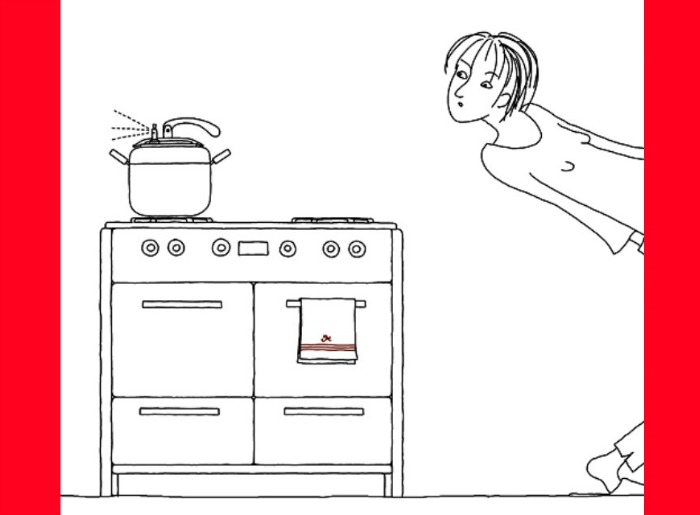
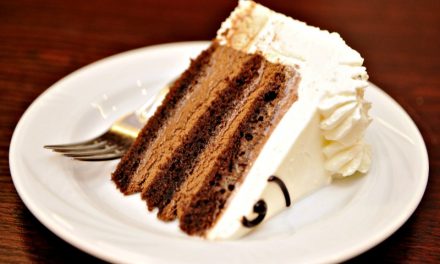
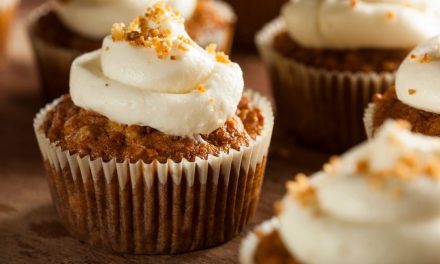
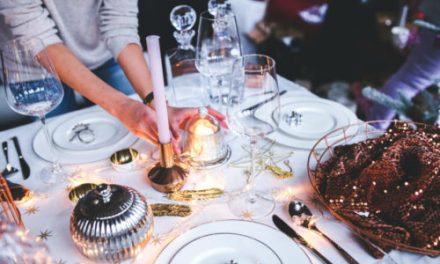
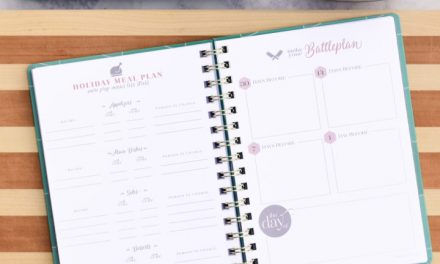
Hi Delores, Finally went into your website. It’s great! Going to go right out and wash my wooden utensils with vinegar. Will pass your info on to some friends.
Joyanne